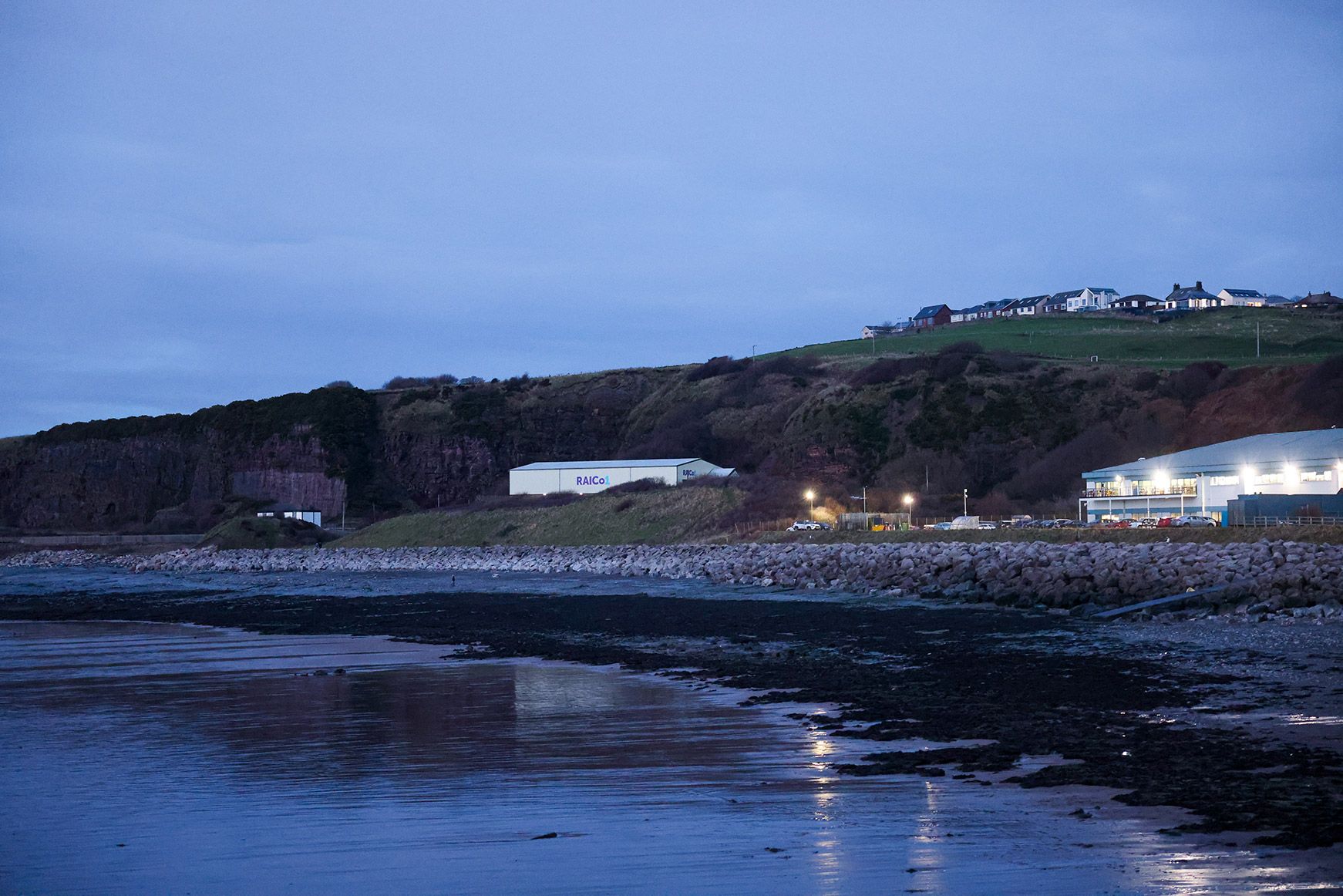The government’s Modern Industrial Strategy, released last month, was accompanied by a series of industrial sector plans. One in particular, the Clean Energy Industries Sector Plan, will have caught the attention of the UK robotics community.
It outlines the UK’s ambition to become a global clean energy superpower, focusing investment and capacity-building on six green technologies. Among them, one stands out for both its promise and its complexity: fusion energy. For now, much of the focus of fusion is on proving concepts and designing power plants. But once we get there – and some estimates suggest that could be as little as a decade away – robotics will play a key role in their operations and maintenance.
While fusion power plants will be designed and constructed by people, their long-term operation and maintenance will rely significantly on machines. Environments of extreme heat, radiation, magnetism, and complexity, where human access is usually inadvisable and often impossible will be standard. Tasks such as upgrading components, replacing degraded parts, and inspecting delicate instruments all demand extraordinary precision, but must also be safe, efficient, and repeatable. This is why robotics will do more than support fusion engineering: it will be central to fusion energy’s commercial success.
The good news is that this is not unfamiliar territory for the UK. In fact, we are a driving force.
The UK is already a recognised leader in robotics with world-class research institutions, innovative small and medium enterprises (SMEs), and strong industrial partnerships driving advances across multiple sectors. There is a remarkable amount of academic research going into this field in the UK (The Universities of Manchester and Oxford are particularly significant hubs of knowledge and discoveries) and many exciting companies within the country’s supply chains have ideas and technologies that are collectively building the UK’s ability in this field.
The UK is also becoming adept at deploying novel robotics and AI solutions in another critical industry characterised by hazardous environments – nuclear decommissioning. Bodies such as the Nuclear Decommissioning Authority, Sellafield Ltd, and AWE Nuclear Security Technologies are all part of RAICo for this purpose and have either completed multiple successful robotics deployments at their sites, or are actively seeking opportunities to do so in the very near future. Building our robotics and AI capability in nuclear decommissioning is vital because what works in this field can potentially be applied to how we support remote fusion power plant operations.

